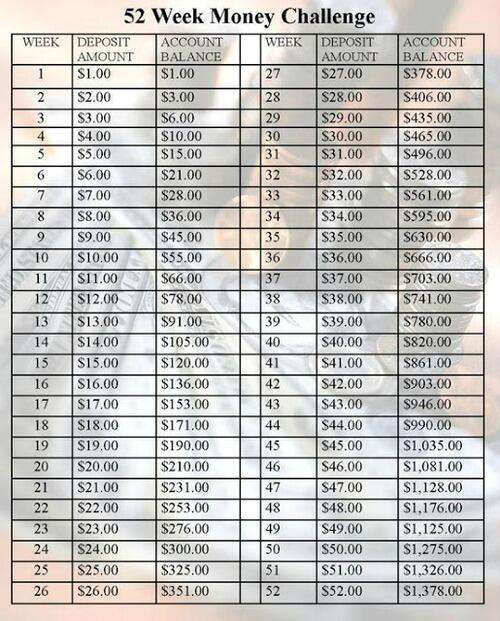 According to the Financial Industry Regulatory Authority (FINRA), nearly 60 percent of Kansans do not have a rainy day fund. That’s a whole lot of umbrellas we’re going to need in a downpour.
According to the Financial Industry Regulatory Authority (FINRA), nearly 60 percent of Kansans do not have a rainy day fund. That’s a whole lot of umbrellas we’re going to need in a downpour.
And 21 percent of us spent more than we earned last year!
This is probably why 30 percent of Americans are in debt collections.
It doesn’t have to be this way. Here’s a super simple plan to save $63 this month.
Just save.
Set a savings goal of $1.25 per week: $5 per month.
Generic vs. name brand.
Buy generic spaghetti sauce: $1.98 per month.
By switching from Classico spaghetti sauce to Wal-Mart’s Great Value spaghetti sauce, you can save $3.78 per month (based on using 66 oz of spaghetti sauce per month).
How we came up with $1.98 per month:
Classico: $3.82 for 44 oz, 0.08 per oz
Great Value: $3.50 for 66 oz, 0.05 per oz
If you use 66 oz per month, you’ll spend $5.28 per month using Classico or $3.30 per month using Great Value. Using a generic brand will save you almost $2 per month just on one item!
On-time payments.
Make your payments on time: $34.18 per month.
This one should be a no-brainer. The typical bank in Kansas charges $34.18 in late fees.
Lunch.
Twice a month, swap eating out lunches with brown bag lunches: $11.38 per month.
This is based on the Big Mac meal at McDonald’s which is $5.69 per meal. Here’s another example: If you ate out twice for lunch at Applebee’s, you’ll spend $16.98 (based on the cost of the classic + signature option lunch combo).
Dinner.
Order water instead of a soft drink twice during your dinners out this month: $4 per month.
Use a credit union.
Use a credit union instead of a traditional financial institution: $7 per month.
On average, a consumer can save $84 per year simply by using a Kansas credit union (or $159 per household). Divide $84 by 12, and you’ve saved $7 a month. And those late fees? If you bank at a credit union, you’ll reduce your late fee from $34.18 to $24.56, a savings of $9.62.
- Total savings per month: $63.54.







